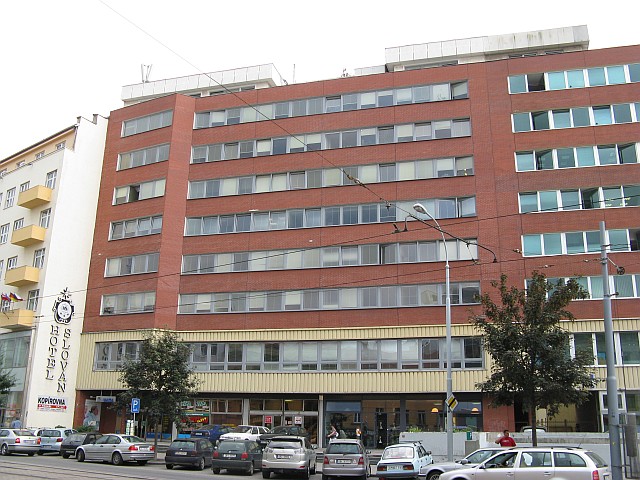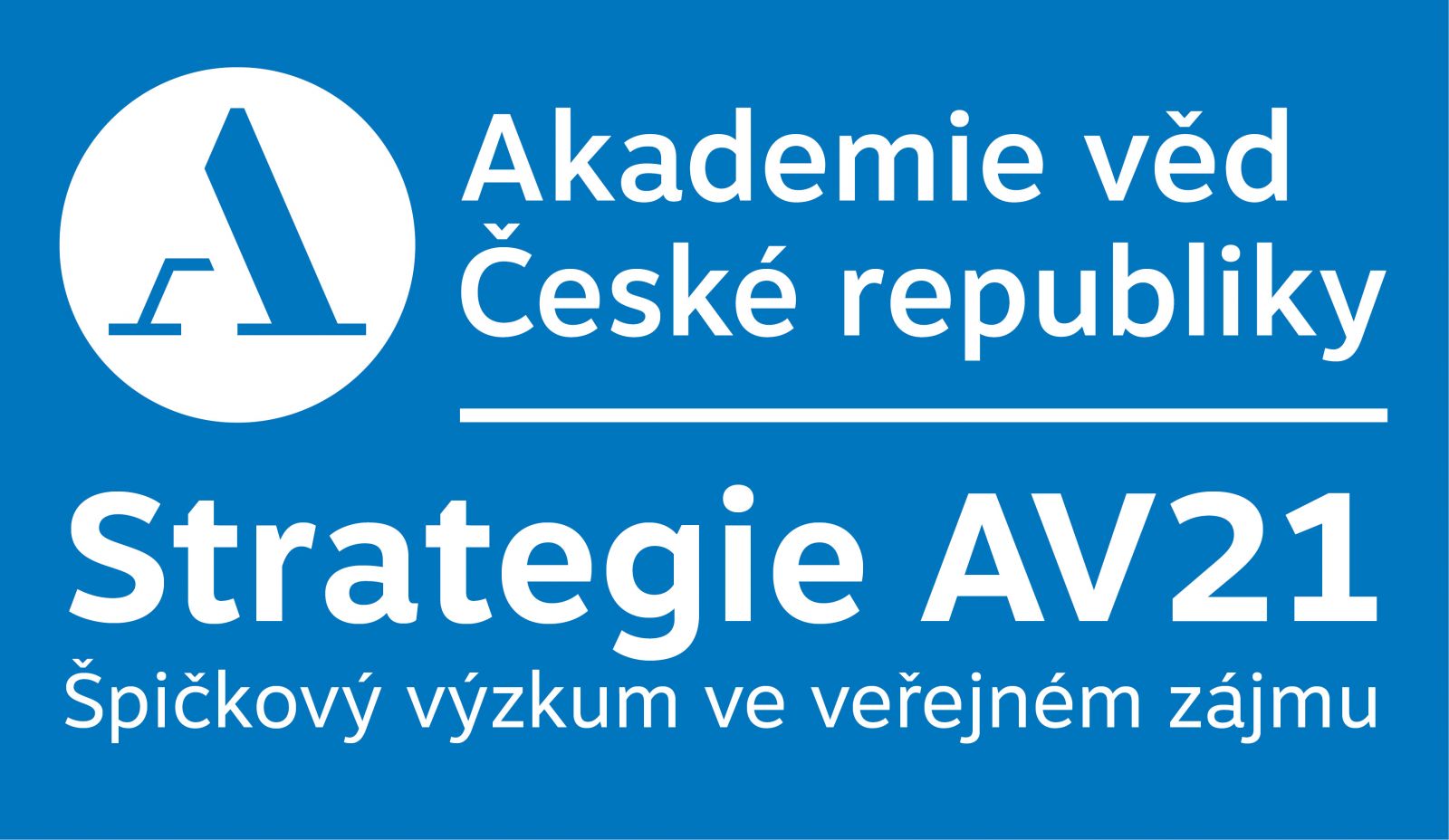About CCT
Cyanobacteria (syn. blue-green algae or microalgae) are simple prokaryotic organisms able to run photosynthesis and therefore represent an important part of both terrestrial and water biota. However, their excessive occurence, so called water bloom, in water bodies, which are used e.g. as a source of drinking water, represents a serious ecological problem. More information about cyanobacteria is available at "What are cyanobacteria?".
 For studying of cyanobacteria and their water bloom phenomenon in the nineties of the 20th century The Centre for Cyanobacteria and Their Toxins (CCT) was established as a joint research centre of the Academy of Sciences of the Czech Republic (Institute of Botany, Department of Experimental Phycology and Ecotoxicology), Masaryk University Brno (Centre for Toxic Compounds in the Environment RECETOX and the working group Biodiversity, Faculty of Science) and the Association Flos Aquae. CCT activities have already been formally terminated, but mentioned organizations still continue in cooperation. The main holder of CCT tradition is now the Department of Exp. Phycol and Ecotox. and its residence is situated on the Lidicka street 25/27, 602 00 Brno, Czech Republic (third floor of the building of the Silva Tarouca Research Institute for Lanscape and Horticulture next to the hotel Slovan).
For studying of cyanobacteria and their water bloom phenomenon in the nineties of the 20th century The Centre for Cyanobacteria and Their Toxins (CCT) was established as a joint research centre of the Academy of Sciences of the Czech Republic (Institute of Botany, Department of Experimental Phycology and Ecotoxicology), Masaryk University Brno (Centre for Toxic Compounds in the Environment RECETOX and the working group Biodiversity, Faculty of Science) and the Association Flos Aquae. CCT activities have already been formally terminated, but mentioned organizations still continue in cooperation. The main holder of CCT tradition is now the Department of Exp. Phycol and Ecotox. and its residence is situated on the Lidicka street 25/27, 602 00 Brno, Czech Republic (third floor of the building of the Silva Tarouca Research Institute for Lanscape and Horticulture next to the hotel Slovan).
Mission of the Centre:
- Target research and technology development in the prevention and management of cyanobacterial water blooms, detection of cyanotoxins
- Basic research of cyanobacterial autecology and ecotoxicology
- Popularisation and ecological education, communication of experts and public, public relations in cyanobacterial blooms and toxins area and technological possibility to restrict mass expansion of cyanobacterial blooms
- The Centre works as a national contact point for abroad, cooperates and communicates with national and international experts
Expected outputs of the CCT activities:
- Basic (original) research in the area of autecology of cyanobacteria, detection, production and toxicity of cyanotoxins mechanisms
- Development of methods and technologies for the detection of cyanobacteria and cyanotoxins
- Discussion and practical national and international workshops and educational courses in the area of cyanobacteria and cyanotoxins
- Taxonomic guides and interactive requisites for water management, water authorities, medical institutes, universities etc.
- Production, consultations and professional guarantee of films, photos, leaflets and other materials for the popularization and ecological education of general public
- Increase of the information level about cyanobacteria and cyanotoxins issue through media
- Decrease a number of unsuccessful projects focussed on the management of cyanobacterial blooms
- Improvement in communication of municipalities interested in those projects with professionals and experts, who may provide a guarantee of the whole restoration process
Strategie AV21 : Excellent Research for Public Interest
 Strategie AV21 (Strategy 21) is an internal assemblage of coordinated research programs based on interdisciplinary and inter-institutional approach. Their main aim is to focus the research activities in different institutions of Academy of Sciences to current problems and to develop a collective effort leading to their solution.
Strategie AV21 (Strategy 21) is an internal assemblage of coordinated research programs based on interdisciplinary and inter-institutional approach. Their main aim is to focus the research activities in different institutions of Academy of Sciences to current problems and to develop a collective effort leading to their solution.
Programs are composed of various sub-programs dealing with sustainable development in industry, energetics, ecology etc. . In one biological sub-topic our department is also included:
Program 1: Rozmanitost života a zdraví ekosystémů / Variety of life and health of ecosystems
Téma 4. Ochrana ekosystémů a území – zajištění kvalitních ekosystémových služeb / Defence of ecosystems and landscape - way how to secure quality ecosystem functioning
Aktivita: Management vodních květů sinic pro trvalé zdraví vodních ekosystémů a udržitelnost ekosystémových služeb nádrží / Management of cyanobacterial water blooms for lasting health of water ecosystems and sustainability of the ecosystem function of water reservoirs
Řešitelé: Prof. Ing. Blahoslav Maršálek, CSc ., Ing. Eliška Maršálková, Ph.D., Mgr. Daniel Jančula, Ph.D,
Mgr Jan Sadílek , všichni: Botanický ústav AV ČR, v.v.i.
Cíl aktivity: Nosným cílem této aktivity je aktualizovat, zpřehlednit a kriticky hodnotit vliv sinic na vodní ekosystémy, metody detekce sinic a jejich toxinů, metody omezení rozvoje sinic a vytvořit tak zázemí pro kvalifikované rozhodování o metodách prevence a omezení rozvoje sinic ve vodních nádržích. K dosažení tohoto cíle bude sestaven panel expertů pro konsiliární rozhodování státní správy a samosprávy, státních i soukromých institucí. Panel expertů bude sloužit také jako konzultační skupina pro mezinárodní projekty a aktivity vedoucí k omezení problémů s rozvojem sinic a bude představovat intelektuální koncentrát odborníků schopných přenést nejnovější poznatky vědy do praxe. Dílčími cíli bude souborně a kriticky zhodnotit vliv vodních květů sinic na dynamiku a stabilitu vodních ekosystémú (především na kyslíkový režin nádrží, dynamiku společenstev fytoplanktonu, vodních makrofyt,zooplanktonu a zoobentosu. Druhým dílčím cílem je integrovat ekotoxikologické informace z antropogenního znečištění vod perzistentními organickými polutanty, toxickými kovy, farmaky a pesticidy s trofickým znečištěním povrchových vodživinami, které podporují rozvoj sinic. Sinice pod trofickým tlakem produkují nejen širokou škálu toxinů, ale mohou kumulovat kovy, POPs, estrogeny apod, čímž výrazně ovlivní transport a mobilitu toxických látek ve vodním ekosystému.